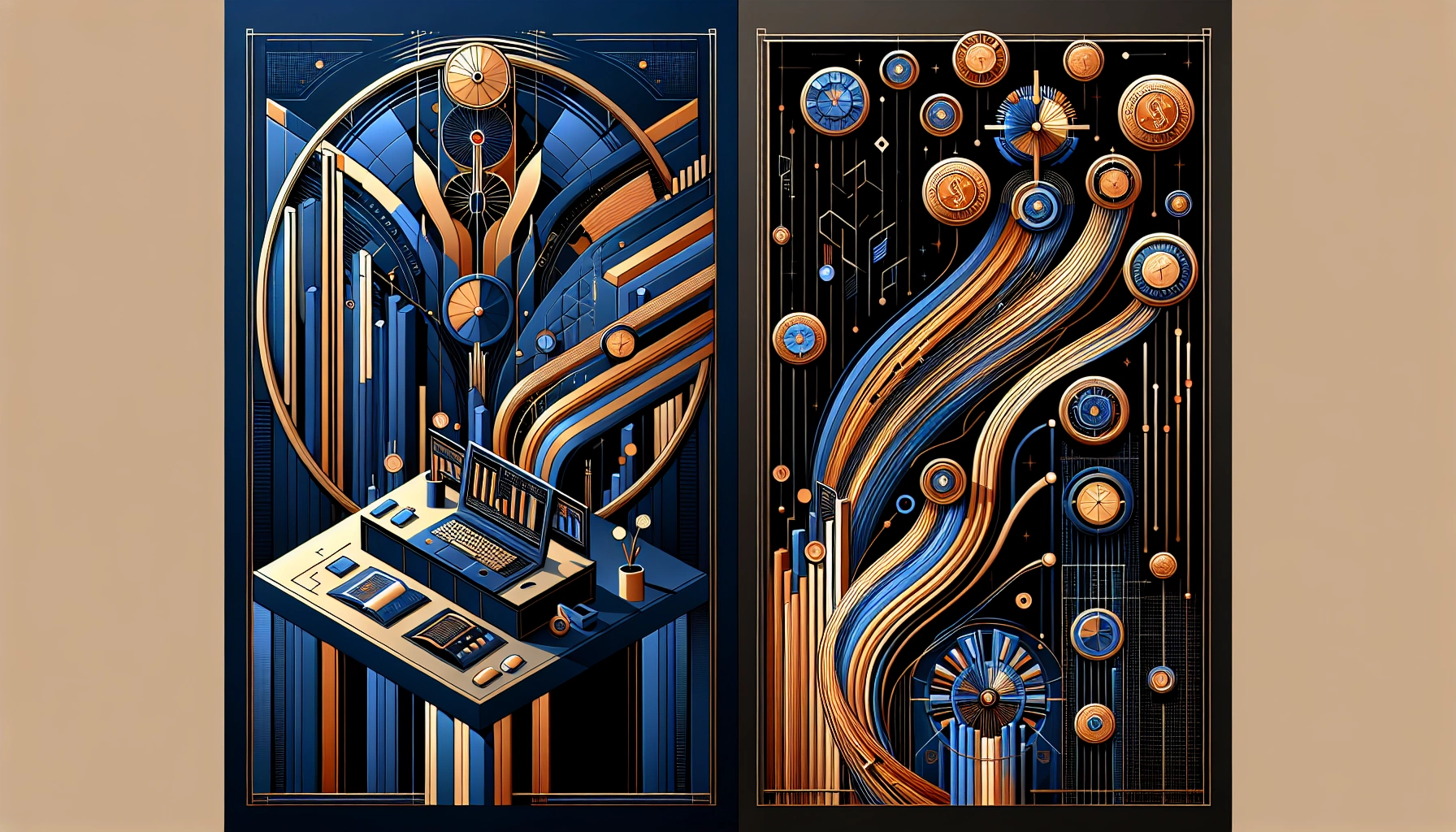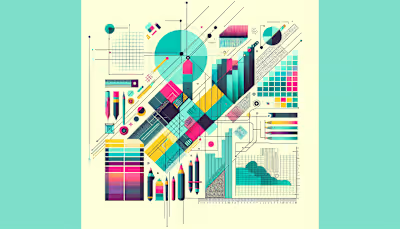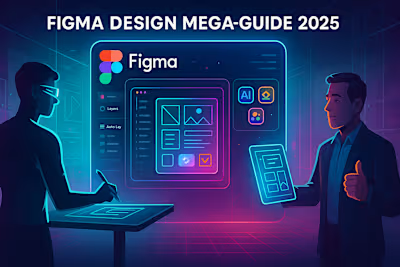Budget Planning: Real Costs of Hiring a Graphic Designer in 2025

Budget Planning: Real Costs of Hiring a Graphic Designer in 2025
Why Good Design Is Worth It
Top 7 Key Cost Factors
1. Designer Experience
2. Scope and Complexity
3. Location of the Designer
4. Revisions and Edits
5. Turnaround Needs
6. Tools or Software Requirements
7. Communication and Project Management
Comparing Popular Pricing Models
Balancing Costs With Value
1. Outline Desired Outcomes
2. Reserve a Contingency Buffer
3. Verify Ownership and Licensing
Tips for a Successful Hiring Experience
1. Start With Clear Requirements
2. Align on Timelines Early
3. Track Progress and Milestones
Frequently Asked Questions about Hiring a Graphic Designer
Is a subscription plan smarter than hourly for ongoing needs?
Will a freelance network save me money in the long run?
Are local designers better than remote talent?
Final Thoughts for Your 2025 Budget
Budget Planning: Real Costs of Hiring a Graphic Designer in 2025
Why Good Design Is Worth It
“Design is the first pitch your brand gives—before you ever say a word.”
Top 7 Key Cost Factors
1. Designer Experience
“Paying more for a designer who works twice as fast is not a bad deal.”
2. Scope and Complexity
3. Location of the Designer
4. Revisions and Edits
“Unlimited revisions” often means “limited profit margin.”
5. Turnaround Needs
6. Tools or Software Requirements
7. Communication and Project Management
Comparing Popular Pricing Models
“Unlimited design plans are like buffets. Great if you’re hungry. Expensive if you just want a snack.”
Balancing Costs With Value
1. Outline Desired Outcomes
“If everything is a priority, nothing is a deliverable.”
2. Reserve a Contingency Buffer
3. Verify Ownership and Licensing
"Owning the final files doesn’t mean owning the rights to everything inside them." 🧠
Tips for a Successful Hiring Experience
1. Start With Clear Requirements
2. Align on Timelines Early
“Without a timeline, scope creep turns into budget creep.”
3. Track Progress and Milestones
Frequently Asked Questions about Hiring a Graphic Designer
Is a subscription plan smarter than hourly for ongoing needs?
“If you’re ordering design like coffee—daily, same order—subscriptions make sense ☕.”
Will a freelance network save me money in the long run?
“If the platform takes 20%, you're paying $6 for $5 worth of work. Every time.”
Are local designers better than remote talent?
“Local is faster. Remote is cheaper. Hybrid is both—if managed well.”
Final Thoughts for Your 2025 Budget
Posted Apr 9, 2025
Budget Planning: Real Costs of Hiring a Graphic Designer in 2025. Discover hourly rates, project fees, and what impacts pricing in 2025.









